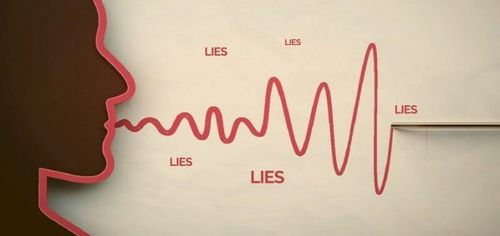This is an automatically translated article.
Nowadays, harassment occurs in many places, in many different forms, making people feel unsafe and worried. Harassment may arise from the discrimination of race, color, religion, sex, national origin, age, disability, or genetic information. If we see someone being harassed in public, what should we do?
1. What is harassment?
Verbal or physical harassment to demean another person or show hostility towards a person or group of people, creating a stressful, intimidating and offensive work and study environment.
There are many reasons for harassment in public. Over the past five years in the United States, harassment against certain cultural groups, including those from the LGBT community, Muslims, blacks, and others, has increased dramatically. Young women are the group most at risk of harassment today.
>>> What do you know about intersex in children?
Harassment in public can take many forms. Includes:
Making rude or offensive comments; Using slurs to offend someone about race, gender, or homosexuality; Unwanted sexual behavior; Deliberately talking, disturbing others when they don't want to; Arbitrarily exploiting, learning and obtaining someone's personal information; Follow someone; Block someone's path; Interfering even invading someone's private space; Touching, pinching, grasping, touching, pressing someone's body part without consent or permission; Touching someone without their consent; Take a picture of someone without their consent; Masturbating in public; Teasing, enticing or soliciting someone with suggestive noises; Viewing pornographic material in public or showing someone pornography without their consent. >>> How to overcome the state of stress, tension?

Có nhiều lý do dẫn đến hành vi quấy rối nơi công cộng
2. How to help others when being harassed?
When you see others being harassed, how should you help them? Depending on the actual situation and situation, you must evaluate the possibilities and choose the best option. Here are some suggestions on how you can help those being harassed:
2.1 Make the harasser know you see what's happening Look directly at the harasser, make eye contact, or make eye contact. approach the person being harassed. If you feel the situation is safe enough, within your control, step in between the harasser and the person being harassed.
Talk to the person being harassed: Find a way to approach, sit or stand next to them and start any friendly conversation with them. Let them know you are always ready to help them. Try to ignore the harasser. In some cases, this can de-escalate the situation, change the situation, and drive the harasser away. >>> Lesbian sex: What you need to know
Direct answer: If you are in control of the situation and feel safe, confront the harasser directly. Simply say something like "that's not cool" or "leave everyone alone". This can sometimes help, but also has the potential to cause more serious friction or stress. Therefore, it is very much up to you to assess the situation and make a decision whether to intervene directly or not. Make suggestions, not demands: Wait and give the person the opportunity to take control of the situation. Make suggestions to them like "do you want me to help you?" or “May I sit next to you right now?” and quiet, so that they feel safe, trusted, and relieved. Safety Rating: See if there is a safer place you can take the person being harassed. You can see if there is anyone around you who can help. >>> Why is there anger?
Record the situation: If possible, document the situation. Take a photo or video with whatever means you have at the moment. Ask the person being harassed if they can film or record the incident. This can help later if the matter becomes serious, requiring the intervention of the law and the authorities. Report the incident: Once it's all over, it's possible to report what happened to the local authorities regarding harassment in general or to human rights organizations in particular. For example, if someone is being harassed about being transgender, you can report what happened to an LGBT organization for protection and help. Check in: During or after the incident, check on the person being harassed and make sure they are okay psychologically as well as physically. >>> How to control negative emotions?

Bất cứ ai cũng có thể trở thành nạn nhân của hành vi quấy rối
2.2 What not to do when you see someone being harassed? The following must be avoided when trying to help someone who is being harassed:
Don't be a silent bystander: If you witness the incident and turn around and pretend you don't see anything, you are abetting a series of acts. harassment in public places. If you don't feel safe enough to say anything, at least approach the person being harassed and let the harasser know you're seeing them. >>> List of emotions: 54 ways to say what you're feeling
Don't blame the victim: Avoid judgment. Don't tell the victim what they could have done to avoid the unfortunate situation. For example, don't blame someone for sexual harassment because they wear revealing clothing. People don't deserve to be harassed for whatever reason or choice they make. Don't take control: Respect and let the person being harassed continue to make their own choices about how to deal with the situation if it makes sense. In short, anyone can become a victim of harassment. In case you are a witness, do not mindlessly walk away, but find a way to help them get out of the harassment in the safest way.
Please dial HOTLINE for more information or register for an appointment HERE. Download MyVinmec app to make appointments faster and to manage your bookings easily.
Reference source: webmd.com












